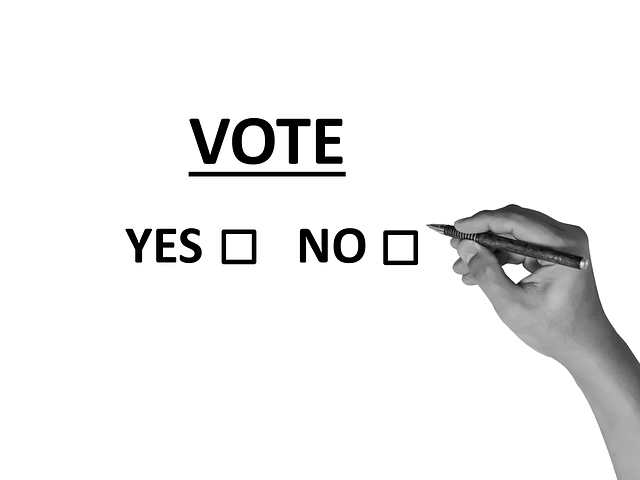What we were reading: Voting as group behaviour
How important are social incentives for turnout? Since the earliest election studies, we have assumed that social networks are important for turnout, and that voting more generally is a form of social behaviour (and also a habit). While there are heaps of data to support these ideas, this study from Denmark is quite something. Thanks…


